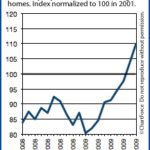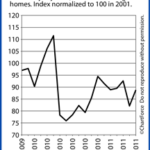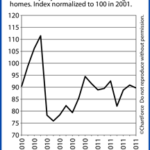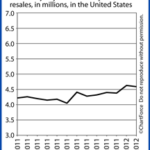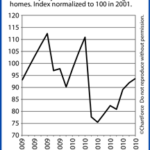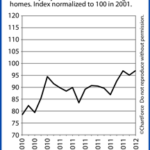
Not a Precise Estimate of “Actual” Sales
When a home seller accepts a contract on an MLS-listed property, the property’s status changes from “Active” to “Pending”.
This means the home is scheduled to sell, but not yet sold.
Each month, the National Association of Realtors® tallies the number of pending homes and publishes the data as the Pending Homes Sales Index report.
In October, for the 9th straight month, the index gained. It’s the longest such streak in Pending Home Sales history.
Because a “pending” home sale is just a contract between buyer and seller, it’s not as important to the economy as actual home sales. However, the Pending Home Sales Index can be a fine predictor of future activity.
A Good Measure of Market Strength
Historically, 80 percent of homes under contract “close” within 60 days, and most others close within 120 days. Recent Existing Home Sales data corroborates this. Home sales activity is at its highest pace in nearly 3 years.
The Pending Home Sales Index does have some shortcomings, though:
- It doesn’t account for newly constructed homes, a small but important part of the real estate market
- It doesn’t track For Sale By Owner properties and other non-MLS listed homes
- Its sample set is small, measuring just 20 percent of all MLS-listed sales
Despite this, however, Pending Home Sales is a terrific measure of real estate market strength. Homes are going under contract at a dizzying pace. It’s thinning out home inventory supplies and pressuring prices to rise.
This chain reaction is what makes Pending Home Sales Index worth tracking. As the number of homes under contract increase, home prices can’t be far behind.
